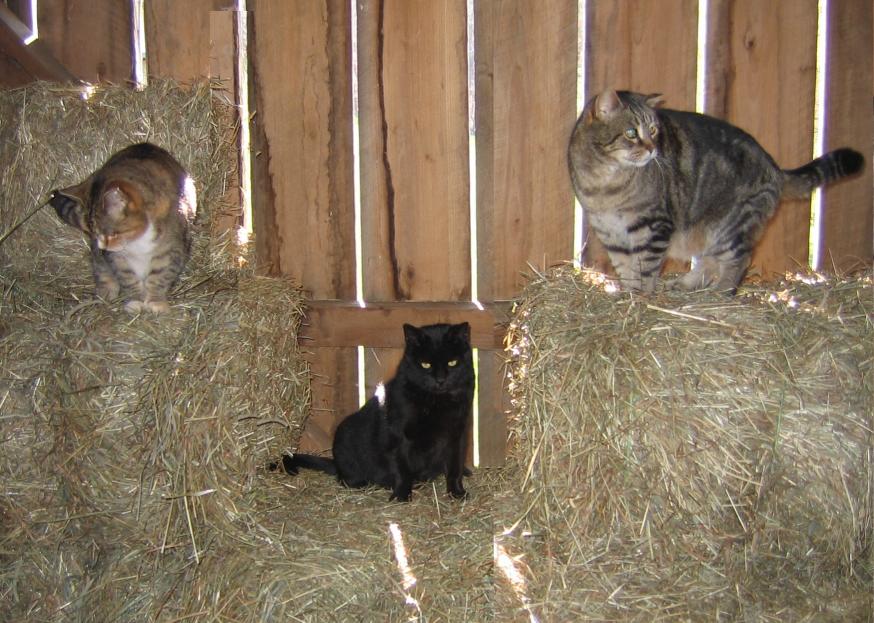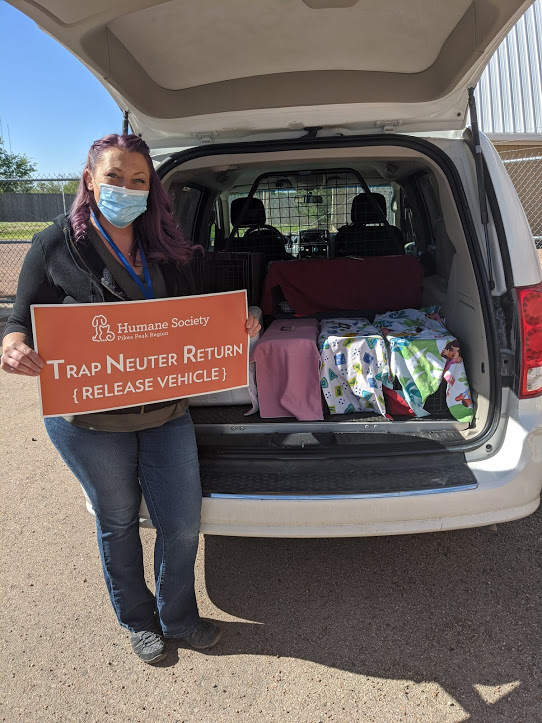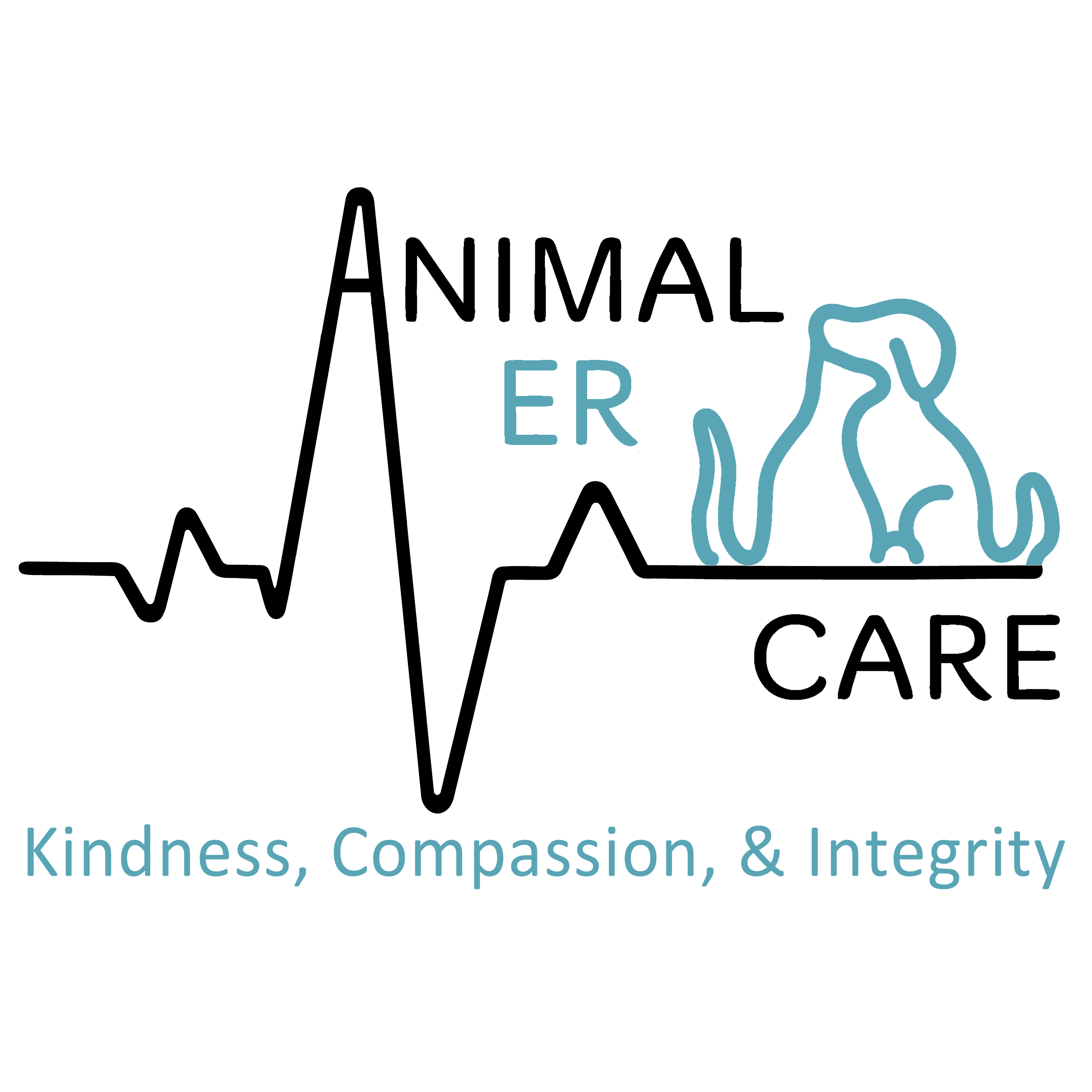The Many Ways to Help Cats in Need
It’s Adopt a Shelter Cat Month! Did you know, in 2019 we saw a 3% increase in the number of cats coming in to HSPPR? Fortunately, our adoptions numbers are up as well with 4,744 cat adoptions, but we need everyone’s help in making sure all our kitty friends find amazing new homes!
Here, in one easy-to-find place, are all the ways YOU can help homeless cats in need during this particularly catty month!
Adopt a shelter cat!
Ever heard of kitten season? Yeah, it’s a real thing! During the spring and summer months, shelters across the country are inundated with large volumes of homeless cats. Not only are more strays out and about with the nice weather, but more families move during the summer, and some of them can’t take their pets with them. Not to mention the hundreds of baby kittens born as soon as winter is over! Adopting a cat, rather than shopping for one, can help a homeless cat in need and free up space and resources in shelters for other cats waiting to find their new homes. All of HSPPR’s adoption packages come with a spay/neuter, a microchip, a voucher for a veterinary exam, vaccines and a license, so that you and your new furry friend can start off on the right paw.
Adopt a barn cat!
Who wouldn’t want a barn full of kitties, amiright? Not all cats want to be house cats, or even be around people for that matter. But, that doesn’t mean they can’t live long, happy lives while also benefiting the humans who care for them! With HSPPR’s Barn Cat program, you can adopt a barn cat at a discounted cost, and these cats can help you keep your rodent population under control. These cats love to have a job, so if you have a rodent problem, consider our barn cat program, where you can help a homeless cat AND resolve your rodent issues!

Don’t KitNap!
Did you know sometimes the best way to help cats is to leave them alone? When people see a litter of kittens, their first instinct is to believe they have been abandoned, so they “kitnap” them and bring them into the shelter. However, most of the time, mama kitty is close by, either having been scared off by your presence or looking for food. A kitten’s chance of survival is GREATLY decreased when separated from his/her mother, so it’s usually best to leave kittens be. Then, when they are old enough and no longer need their mother, they can be brought into the shelter for either adoption, or a spay or neuter before they are returned to their original home. You can find more resources on when to intervene with kittens here.
Take care of community cats!
Many of us live in areas where there are colonies of outdoor, often feral, cats. Rather than bringing these cats into the shelter — where it will be hard to get them adopted because they are used to living outside and away from people — with your help, we can work to keep them healthy and reduce the population. This can be achieved through our Trap-Neuter-Return (TNR) program. In this program, volunteers, called Cat Colony Managers, work with HSPPR to humanely trap cats in their neighborhood and bring them to HSPPR. We will vaccinate them, neuter them, and ear-tip them (so that you know which cats have been neutered), and then our Cat Colony Managers will release them back into their neighborhoods. It is also the Cat Colony Manager’s responsibility to provide adequate outdoor shelter, food, and water for the cats they oversee. Becoming a Cat Colony Manager can be extremely rewarding because, much like with our barn cat program, feral cats can live long, safe, happy, and healthy lives, without reproducing and creating an overpopulation issue, and without being stuck in a shelter with limited options for their adoption.

Clearly, there is more than one way to help a cat! We’re Better Together, and with your help, we can work to reduce the number of homeless cats in our shelters, while providing them with the best lives possible! Now that’s a purrrrrfect way to celebrate the month.








